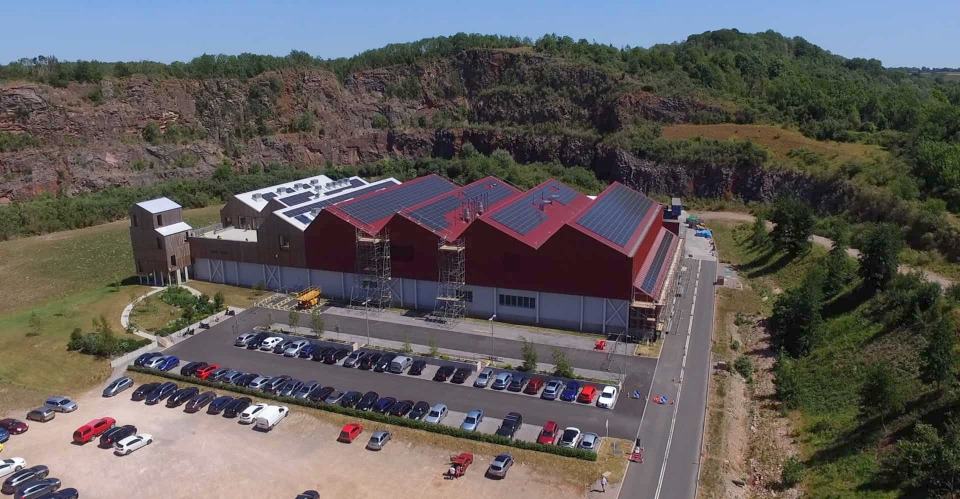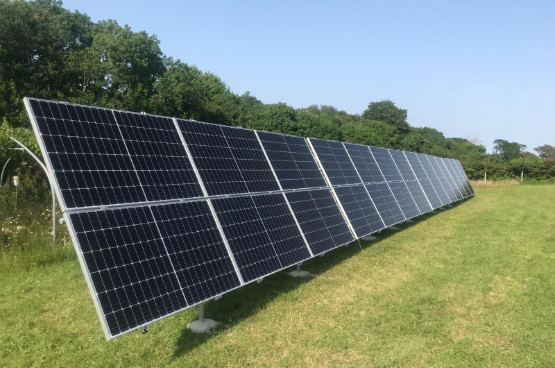Working in the renewable industry can often be a challenging experience, particularly over the past six months or so with the confusion surrounding the Feed-In-Tariff. Now the uncertainty has been resolved, it appears the industry is on the up however there seems to be a number of misconceptions regarding solar PV that are widely accepted by the general public, causing understandable hesitation for consumers. Hopefully I’ll be able to clarify five of the most common.
1) If you don’t have a South facing roof it won’t work.
It’s true that solar systems work best in certain circumstances; facing due South, 300 pitch from horizontal, and with good air circulation etc but that’s not to say it won’t be worthwhile in other situations. According to industry specific design software; a system facing South is likely to produce around 25% more energy than an identical system with an East or West aspect. In real life this figure can be much less. When analysing data we collect from our installed systems we can see that over the past six months a South facing system produced 9% more electricity than an identical array that faces East: 1935kWh and 1775kWh respectively. Thin film panels that work well in the lower light conditions of East or West roofs can also be specified. These panels take in a wider spectrum of light and are able to utilise the diffuse radiation more efficiently than standard panels. Using this technology instead of the more common crystalline modules can provide you with much higher yields in these circumstances.
2) Any shading and the panels will shut down.
Although shading is important when considering a system its effects can easily be combated through careful design and specialist equipment. Panels can be arranged into separate strings so that the impact of shading is limited to the modules in that particular series, or even better; power boxes can be used to manage each panel’s output individually limiting the effect of shading to the sole unit it affects.
3) The financial returns aren’t good enough anymore.
Obviously the viability of a system is completely subjective but when considering current returns against say ISA accounts that offer 4% interest, a rate of return of 8-13% doesn’t sound that bad. The feed-in-tariff was originally designed to provide An IRR of 7% and with some systems achieving 15% it is clearly an area worth exploring.
4) Panels will keep getting cheaper.
Although we may experience a small decrease of the cost of modules in the future it is unlikely to be anything like the meteoric change that occurred over the past year. Panel manufacturers were forced to reduce their profit margins by pressure from a very competitive industry, during an even more competitive time. The general consensus among industry experts is that panel prices have begun to stabilise and it is now the efficiency field that manufacturers will strive to improve.
5) Solar systems don’t need any maintenance.
Maintenance is often overlooked by a number of installation companies, however we feel it’s an integral part of the package. Continuous monitoring and care of your system is essential to give you its maximum energy yield and best performance. Through monitoring potential faults can be pre-empted or quickly identified, minimising their impact on your financial return. It is also important to note that regular system maintenance can be a requirement on manufacture guarantees and insurance requirements.

 Solar PV Contractor of the Year 2024
Solar PV Contractor of the Year 2024
